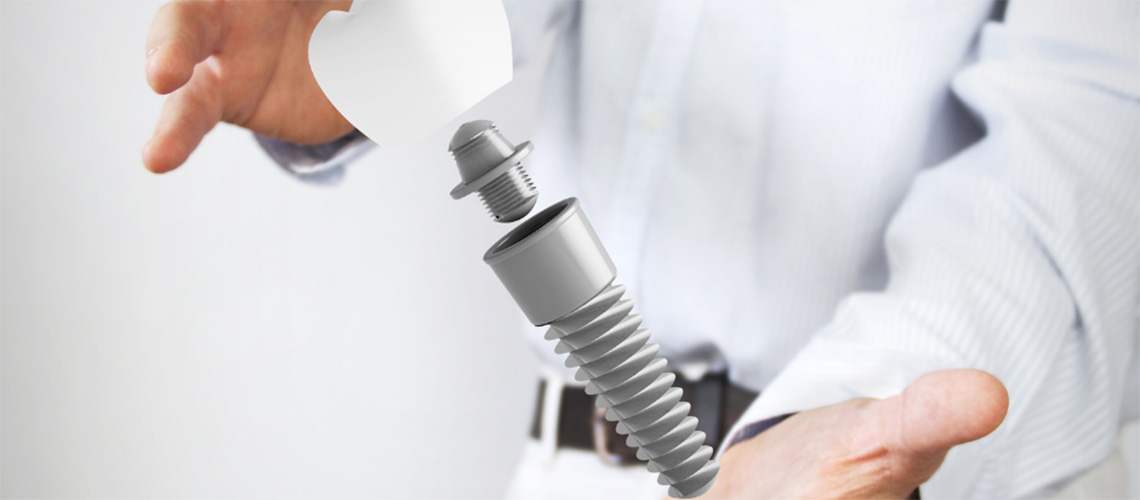
Dental Futurism: Predicting the Next Big Innovations in Dentistry
Dentistry has come a long way over the years. From the early days of tooth extractions to today’s high-tech digital procedures, the field has seen tremendous growth and advancement. As we look to the future, several trends and technologies promise to further revolutionise dental care, ensuring better outcomes and more comfortable experiences for patients.
Digital Dentistry and Precision Care: The digital revolution has touched every industry, and dentistry is no exception. Digital scans are rapidly replacing traditional moulds, making the process quicker and more comfortable for patients. Additionally, the rise of 3D printing means that dental appliances, from braces to crowns, can be manufactured with increased accuracy. Computer-aided design (CAD) further ensures precision, allowing for treatments that are customised to each patient’s unique anatomy.
Teledentistry and Access: The digital age has ushered in the era of teledentistry. While nothing can replace an in-person visit entirely, remote consultations are proving invaluable, especially for preliminary assessments or follow-up appointments. This is particularly beneficial for those in remote areas or for whom frequent clinic visits pose challenges. As technology evolves, we can expect virtual dental consultations to become even more integrated into regular care.
The Role of Artificial Intelligence (AI): AI is making waves across various sectors, and dentistry is poised to benefit significantly. Whether it’s improved diagnostic procedures, predictive analytics for assessing risk factors, or even automation in administrative tasks like appointment scheduling, AI holds immense potential. The integration of AI could lead to more accurate disease detection, more efficient clinics, and a seamless patient experience.
Advancements in Pain Management: Dental anxiety is a real and common concern. The prospect of pain or discomfort deters many from regular check-ups. However, the future holds promise in this domain. Research is underway to find alternatives to traditional anaesthetics, with options like electronic anesthesia and new sedation methods being explored. These advancements aim to make dental procedures less daunting and more accessible to all.
Innovative Materials for Longevity and Compatibility: Materials used in dental procedures are constantly evolving. We’re on the cusp of seeing even more durable materials for things like fillings, crowns, and bridges. The longevity of dental work is a key concern, and with the development of stronger, more wear-resistant materials, patients can expect longer-lasting results. Additionally, with a focus on biocompatibility, future implants and prosthetics will likely integrate better with the body, reducing the risk of rejection or complications.
Education and Preventive Care: Prevention is always better than cure. As technology advances, there will be a parallel emphasis on education. Tools like augmented reality (AR) and virtual reality (VR) might play a role in educating patients about oral hygiene, making the learning process more interactive and engaging.
As technology continues to advance and integrate with the field, both dental professionals and patients have much to look forward to. The future promises better care, more convenience, and outcomes that enhance overall quality of life.


0